Leonardo Sacconi
University of Freiburg | Freiburg, Germany
“Exploring Cardiac Electrophysiology Through Advanced Microscopy”

Action potentials, via the T-tubular system (TT), synchronously trigger uniform calcium release throughout the cardiomyocyte. Remodeling processes, associated with genetic and non-genetic cardiac diseases, introduce TT structural remodeling, leading to asynchronous calcium release across the myocyte and contributing to contractile dysfunction. In our laboratory, we developed an imaging method to simultaneously assess TT electrical activity and local calcium release. We documented the presence of TT elements that failed to propagate action potentials, generating slower calcium transients compared with regions with electrically coupled elements. It is concluded that TATS electrical remodeling is a major determinant of altered kinetics, amplitude, and homogeneity of calcium release in diseased hearts. Recently, the system has been implemented to probe and manipulate the electrical dynamics of subcellular membrane domains in optogenetically modifi ed cardiomyocytes. We demonstrated that TT is intrinsically excitable and reveals distinct characteristics of self-generated T-tubular action potentials.
In parallel, alterations can occur in the electrical conduction at the organ level. Current models employed to predict functional alterations caused by structural remodeling commonly do not draw upon comprehensive functional and structural data and furthermore are often based on low-resolution and non-integrated information. In our laboratory, we recently developed a correlative imaging approach to quantify and integrate electrical function with 3D micro-scale structural reconstructions of intact ventricles in an arrhythmogenic cardiomyopathy mouse model, to characterize the dynamics of conduction wavefronts traveling through fibrotic lesion.
